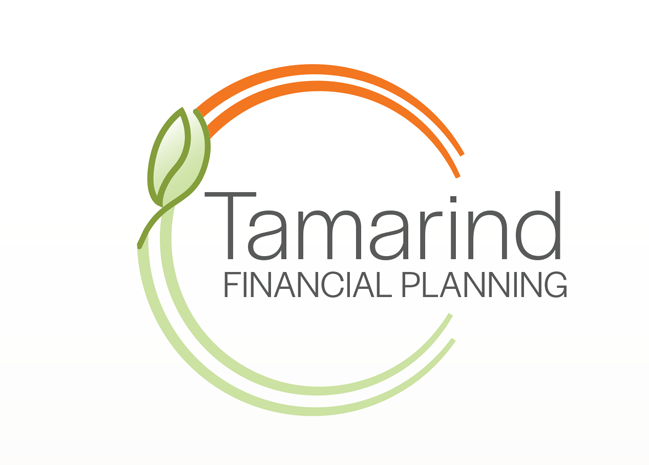The concept of retirement continues to evolve as more Americans turn 65 than ever before. In addition, a plethora of recent studies confirm that expectations vary greatly regarding how and when to retire. One stand-out trend is the growing interest in a “phased retirement” model—a newish option that is gaining favor with both employees and employers alike.
A Major Demographic Shift
A 2024 research report from Principal Financial Group confirmed that most working Americans (52%) believe that gradually decreasing hours is the most desired way to retire. The same study also indicated that 77% of employers agree that the knowledge older employees have about their company is crucial to the success of their businesses. Therefore, the researchers concluded that employers concerned about“ having valuable employees retire” will more likely take actions to either retain them or to hire new employees who previously retired from other companies.
One driver of this shift in thinking was the pandemic which dramatically changed the way people work. Catherine Collinson, president of the Transamerica Center for Retirement Studies, wrote that we have learned people can successfully work remotely, telecommute, and work alternative hours. In fact, because of the labor shortage, she believes phased retirement has become an important employee retention tool:
“Without it, retirement becomes an all-or-nothing proposition, and companies risk losing employees.”
Steve Parrish, co-director of The American College of Financial Services, agrees with this assessment. He wrote, “phased retirement is the next big demographic trend” and added that companies are keen to find ways to keep and pass on the institutional knowledge long-time workers have built up over the years.
Phased Retirement Defined
Phased retirement has no succinct definition. This concept refers to a broad range of flexible retirement arrangements, both informal practices and formal workplace policies, that allow employees approaching normal retirement age to reduce the number of hours they work or to work in a different capacity after retirement. Currently, informal phased retirement arrangements are more commonplace than formal programs. When employers do have a formal written policy in place, it is often flexible and tailored to individual cases.
In addition, a report published by AARP states that the appeal of phased retirement arrangements—for employers and employees—has been shaped by the following factors:
-
-
- Organizations are seeking ways to retain experienced workers, especially those who hold critical positions that may be difficult to replace.
- Many employees are working beyond traditional retirement age, and research suggests that “abrupt” retirement will evolve into a more gradual or staggered process.
- Changes in Social Security have made it easier for recipients to continue working after reaching full retirement age without losing their benefits.
- Americans are living longer, which means that retirees will need greater financial resources to support themselves.
-
The authors explained that with careful planning, implementation of favorable policies and adoption of thoughtful strategies can make the workplace more attractive, help businesses make the most of the projected demographic realities, and capitalize on the skill sets and experiences of older workers.
Additional Considerations
In “How to Partially Retire Before You’re Ready for Full Retire,” Kiplinger reporter Alina Tugend wrote that an important advantage of a phased retirement is that individuals can continue building a nest egg. She also emphasized the emotional benefits:
“Phasing out of the workforce also eliminates the psychological whiplash that comes from leaving a long career abruptly. That’s particularly hard on people who don’t know how they want to spend their time in retirement or can’t spend it the way they had planned. It’s even harder on those whose identities are closely tied to their jobs.”
Nonetheless, the Society of Human Resource Management (SHRM) reports that formal phased retirement programs are still rare. More common, especially with small and medium-size companies, is an informal plan negotiated between employer and employee. But the idea is definitely catching on. In a 2022 SHRM survey, 23% of employer respondents reported they offered a formal or informal phased retirement program, up from 18% in 2018.
As a sign of changing times, today’s workers seek to extend their working lives beyond traditional retirement age and most prefer a gradual transition. In fact, many preretirees are already phasing into retirement or have “unretired” by coming out of retirement and returning to the workforce.
Sources: “How to Partially Retire Before You’re Ready for Full Retirement” by Alina Tugged, Oct 12, 2022; kiplinger.com. “Life in Retirement: Pre-Retiree Expectations and Retiree Realities” by Catherine Collinson, September 2023; transamericainstitute.org.
“Principal Financial Well-Being Index,” Principal Financial Services, Inc., 2024; principal.com
“Phased Retirement and Flexible Retirement Arrangements: Strategies for Retaining Skilled Workers,” AARP, 2006; aarp.org/employerresourcecenter.
“Reprinted by permission of Money Quotient, Inc.”

